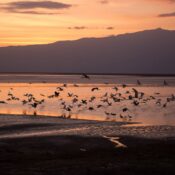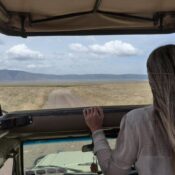Mount Kilimanjaro: The Magnificent Roof of Africa
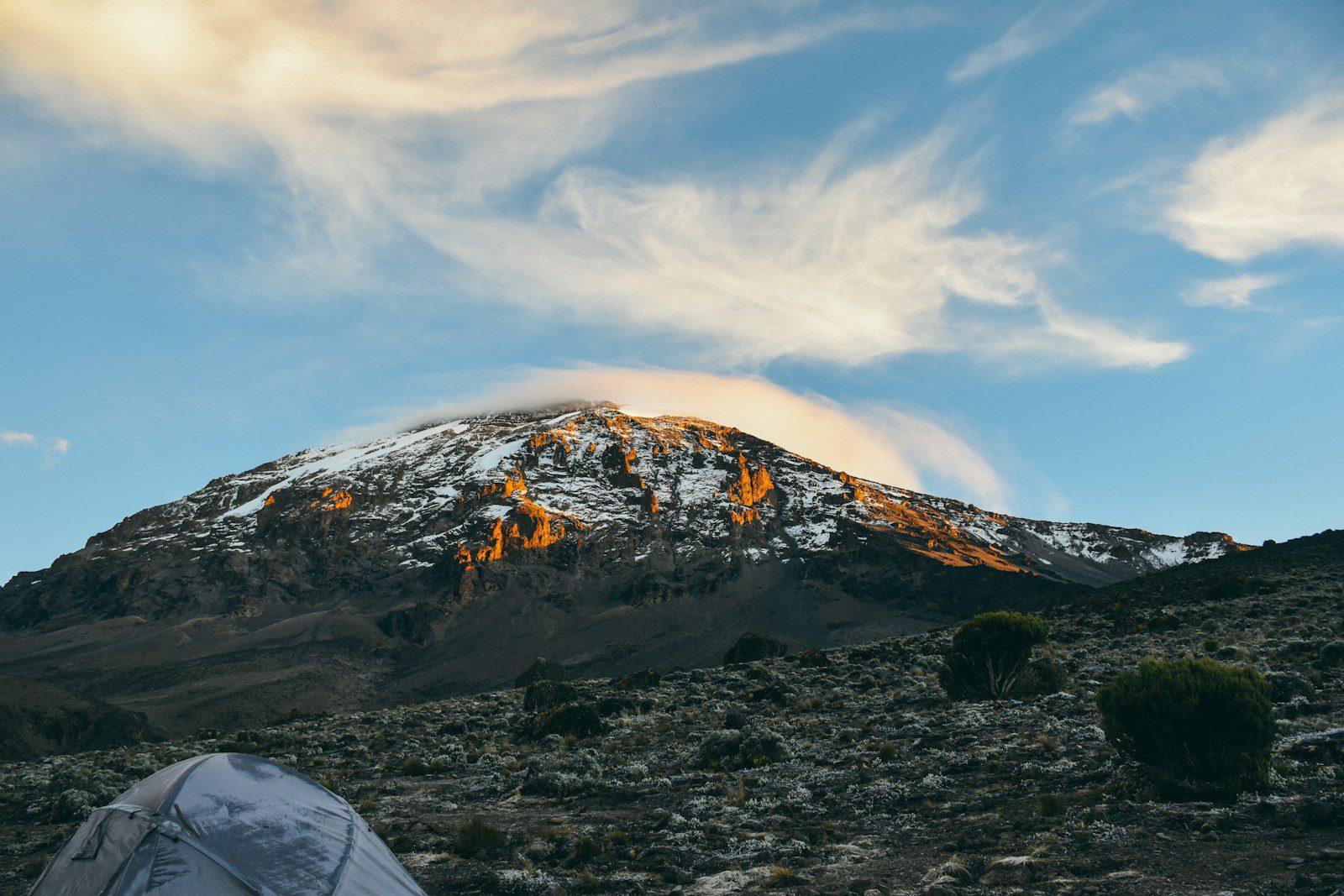
Mount Kilimanjaro: The Magnificent Roof of Africa
Mount Kilimanjaro, the highest peak in Africa, stands as a breathtaking natural wonder that captivates adventurers, scientists, and nature lovers alike. Located in Tanzania, this dormant volcano rises to an astonishing 5,895 meters (19,341 feet) above sea level, making it the tallest freestanding mountain in the world. Its snow-capped summit, despite being near the equator, presents a striking contrast against the surrounding savannah, earning it the nickname “The Roof of Africa.”
Table of Contents
Kilimanjaro is not just a geographical marvel but also a cultural and ecological treasure. It holds deep significance for local communities, serves as a vital ecosystem, and offers one of the most sought-after trekking experiences on the planet. This article delves into the mountain’s geology, climate, biodiversity, climbing routes, cultural importance, and conservation efforts, providing a comprehensive exploration of this iconic landmark.
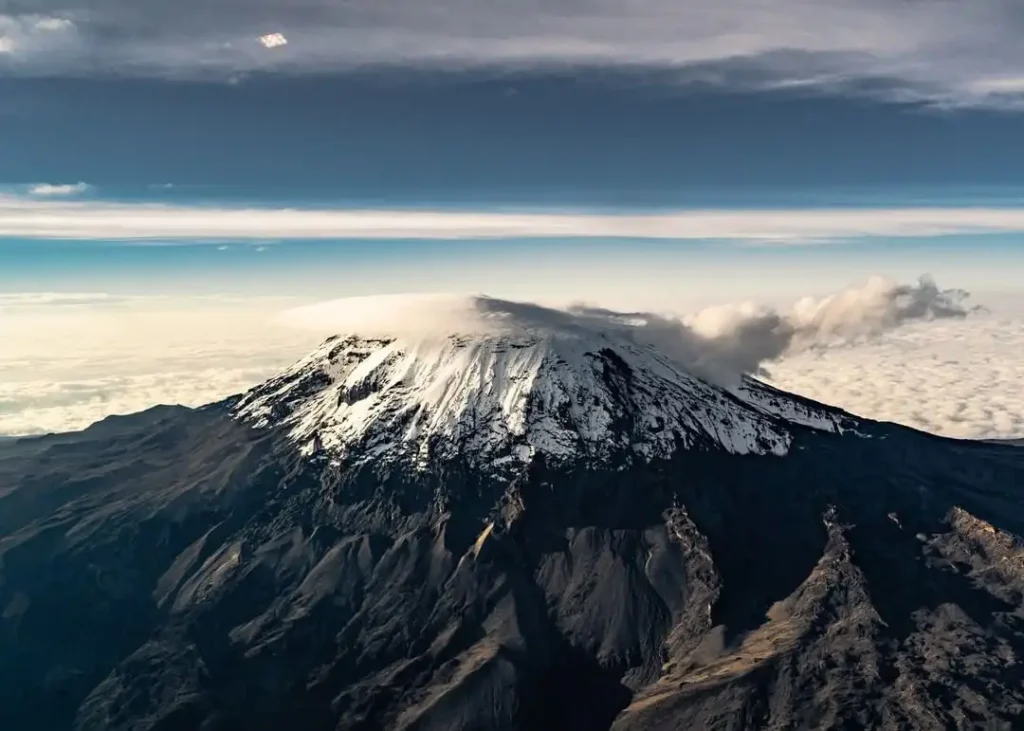
Geological Formation and Features
Mount Kilimanjaro is a stratovolcano composed of three distinct volcanic cones: Kibo, Mawenzi, and Shira. Kibo, the central and highest cone, remains dormant, with its last eruption occurring over 360,000 years ago. The mountain’s formation began nearly a million years ago due to intense volcanic activity along the East African Rift.
- Kibo (5,895 m): The tallest of the three cones, Kibo features the iconic Uhuru Peak, the highest point in Africa. Its crater is 1.5 miles wide and contains an inner cone called Reusch Crater, which still emits sulfurous gases.
- Mawenzi (5,149 m): The second-highest peak, Mawenzi is more rugged and technical, attracting experienced climbers.
- Shira (3,962 m): The oldest and smallest cone, Shira collapsed millennia ago, forming a plateau that contributes to Kilimanjaro’s diverse landscapes.
The mountain’s glaciers, though rapidly receding due to climate change, add to its mystique. Scientists predict that Kilimanjaro’s ice caps may disappear entirely within decades, making it a critical subject of environmental studies.
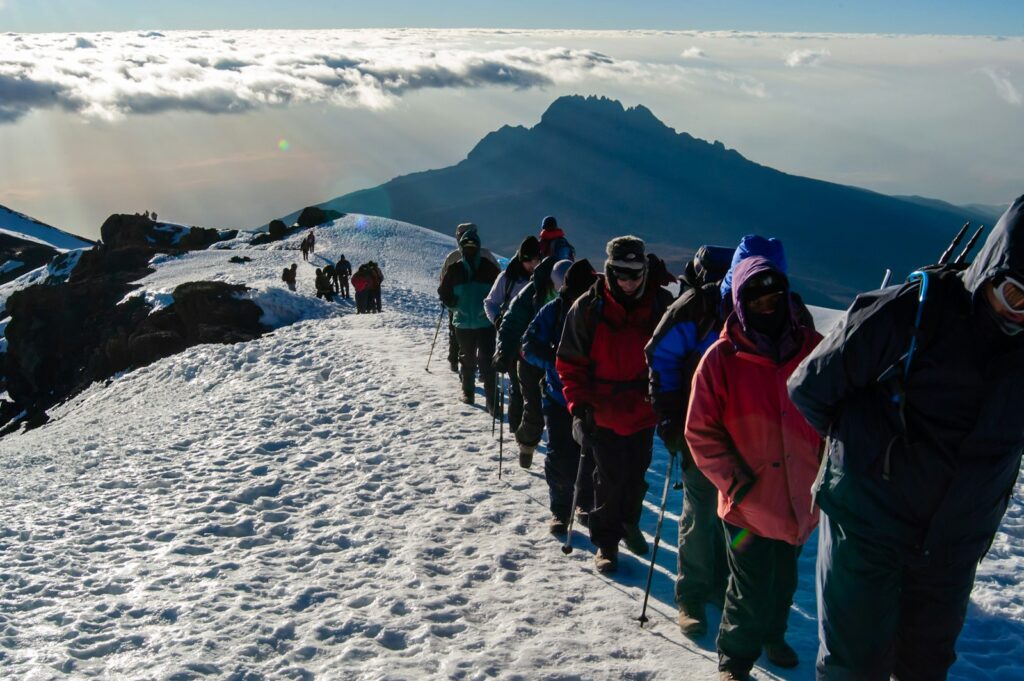
Climate and Weather Patterns
Kilimanjaro’s towering elevation creates a unique microclimate that transitions through five distinct ecological zones, each offering its own challenges and beauty. At the base, the cultivated zone flourishes with fertile farmlands where local communities grow coffee, bananas, and maize, benefiting from the nutrient-rich volcanic soil.
As the altitude increases, the rainforest zone emerges, a lush, humid habitat filled with towering trees and an abundance of wildlife, including colobus monkeys and vibrant exotic birds. This region receives significant rainfall, creating a mystical environment shrouded in mist. Beyond the rainforest, the heath and moorland zone introduces cooler temperatures and surreal vegetation, including giant lobelias and heather, which have adapted to the harsh climate.
Here, the landscape begins to shift dramatically, with rolling hills and scattered shrubs replacing the dense forest. Higher still, the alpine desert zone presents an unforgiving, barren terrain, where strong winds and extreme temperature fluctuations define the environment. This arid landscape, devoid of significant vegetation, offers breathtaking yet harsh conditions for trekkers.
Finally, at the mountain’s highest reaches, the arctic zone dominates, a frozen expanse of glaciers, snowfields, and sub-zero temperatures. Oxygen levels drop significantly, making every step toward the summit a true test of endurance. Climbers must be prepared for rapid and unpredictable weather changes, facing scorching heat at the base and freezing conditions near the peak, making the ascent of Kilimanjaro a journey through an ever-changing world of extremes.
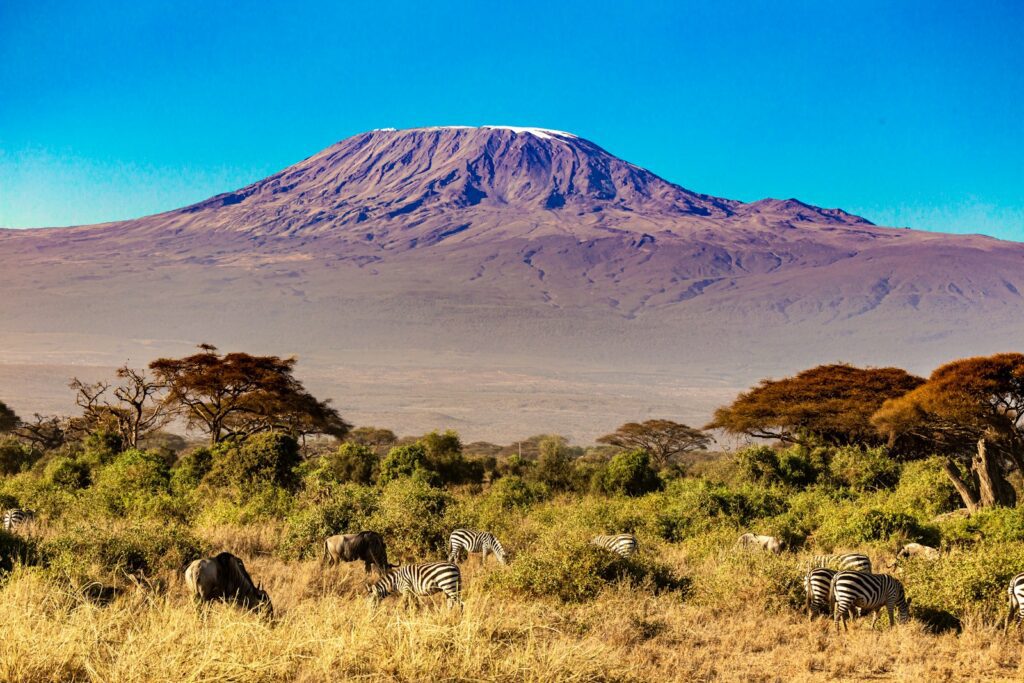
Biodiversity and Wildlife
Despite its harsh high-altitude conditions, Kilimanjaro supports a rich variety of flora and fauna. The rainforest zone is home to blue monkeys, bushbabies, and over 140 bird species. Elephants, leopards, and buffaloes occasionally wander into the lower slopes from nearby national parks.
The mountain’s plant life is equally fascinating, with species like the giant groundsels (Dendrosenecio kilimanjari) and the endemic Impatiens kilimanjari flower. Conservation efforts aim to protect these unique ecosystems from deforestation and climate change.
Climbing Mount Kilimanjaro: Routes and Challenges
Mount Kilimanjaro attracts over 50,000 climbers each year, offering a variety of routes that cater to different levels of experience and endurance.
The Marangu Route, often referred to as the “Coca-Cola Route,” is considered the easiest due to its gradual ascent and hut accommodations, but its lower success rate is attributed to inadequate acclimatization.
The Machame Route, known as the “Whiskey Route,” presents a more challenging yet scenic trek, featuring steep climbs and breathtaking landscapes while providing better acclimatization, leading to higher summit success rates.
The Lemosho Route is a longer and more remote path, renowned for its stunning beauty and excellent acclimatization opportunities, making it a preferred choice for those seeking a less crowded and rewarding journey.
The Rongai Route approaches Kilimanjaro from the north, offering a drier and quieter experience with fewer climbers, making it ideal for those who prefer solitude. For the most daring adventurers, the Umbwe Route stands as the steepest and most demanding option, requiring significant trekking experience and physical endurance.
The greatest challenge for climbers remains altitude sickness, which can affect individuals regardless of fitness level. Symptoms range from mild headaches and dizziness to severe, life-threatening conditions such as pulmonary or cerebral edema. Proper acclimatization, a slow and steady ascent, and adequate hydration are essential to increasing the chances of a successful summit.
Despite the challenges, reaching Uhuru Peak is a rewarding achievement, offering an unparalleled sense of accomplishment and awe-inspiring views from the highest point in Africa.
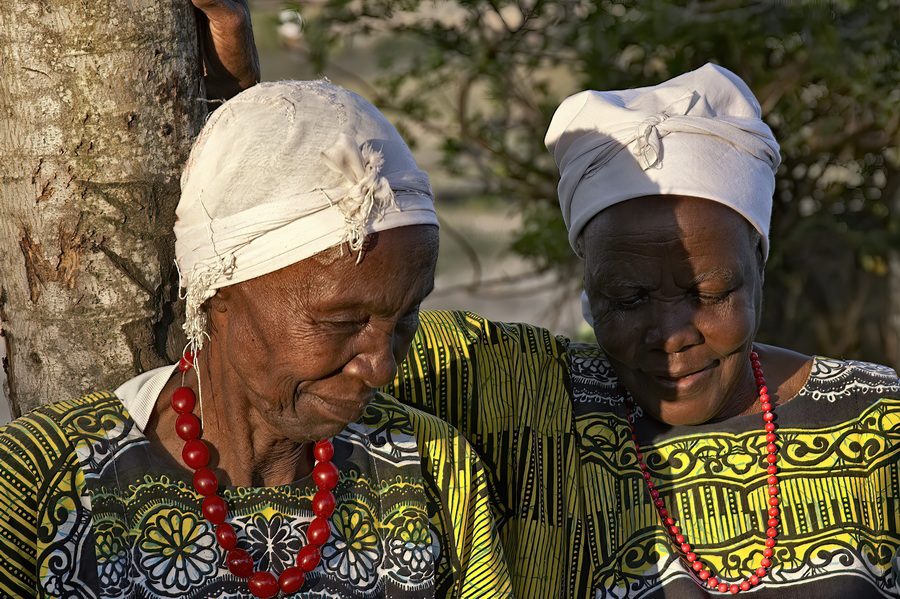
Cultural Significance and Local Communities
For the Chagga people, Kilimanjaro is far more than a geological wonder—it’s a living spiritual entity woven into their cultural identity. Known as “Kilema Kyaro” (that which cannot be conquered) in the Kichagga language, the mountain serves as a sacred bridge between the physical and spiritual worlds. Ancient traditions speak of Ruwa, their supreme deity, residing in the mist-shrouded peaks, while ancestral spirits are believed to dwell in the mountain’s hidden caves and forest groves.
Long before European explorers claimed the first recorded summit, Chagga hunters and medicine men traversed Kilimanjaro’s slopes, their intimate knowledge of the terrain passed down through generations. The 1889 ascent by Hans Meyer and Ludwig Purtscheller—achieved with crucial assistance from Chagga guide Yohani Kinyala Lauwo—merely formalized what local communities had known for centuries: that the mountain could be respectfully approached by those who understood its rhythms and dangers.
Modern Kilimanjaro tourism has created a complex cultural and economic ecosystem. Over 30,000 Chagga people now work directly in the climbing industry as guides, porters, and lodge staff—roles that blend traditional mountain knowledge with contemporary hospitality. Ethical operators have established programs ensuring fair wages, proper equipment, and health protections for workers, transforming what was once subsistence farming into sustainable livelihoods.
The mountain’s spiritual significance continues to shape contemporary practices. Many climbing teams still participate in traditional blessings before ascents, while Chagga villages maintain sacred forests where ancient rituals are performed. This living cultural heritage, combined with responsible tourism models, offers a blueprint for how sacred landscapes can be both economically vital and spiritually preserved in the modern world. As Kilimanjaro faces environmental threats, the Chagga’s ancestral stewardship reminds us that protecting the mountain is about safeguarding both an ecosystem and a centuries-old way of life.
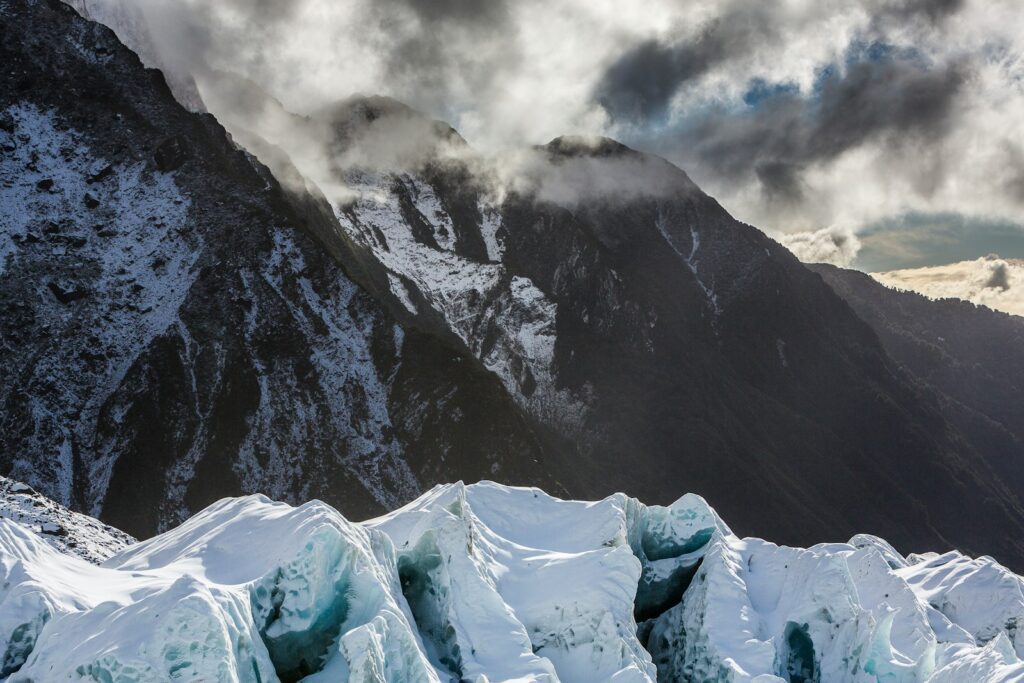
Vanishing Ice, Dwindling Forests: The Environmental Crisis on Mount Kilimanjaro
Mount Kilimanjaro, Africa’s iconic “Shining Mountain,” is losing its luster. The snow-capped peak immortalized in Hemingway’s prose is undergoing dramatic environmental changes that threaten its very identity. The mountain’s legendary glaciers, which have crowned its summit for millennia, are retreating at an alarming pace. Scientists monitoring the ice fields report they’ve shrunk by nearly 90% since 1912, with current projections suggesting complete disappearance within our lifetime. This glacial melt represents more than just the loss of a photogenic landscape—it’s disrupting delicate ecological balances and water systems that support both wildlife and human communities.
Equally troubling is the steady encroachment on Kilimanjaro’s forests. The lush vegetation that cloaks the mountain’s lower slopes—a critical habitat for unique species and a natural water reservoir—is being steadily eroded by agricultural expansion, illegal logging, and population pressures. Local conservationists report thousands of hectares lost in recent decades, with remaining forest fragments becoming increasingly isolated. This deforestation is triggering a cascade of effects: soil erosion that destabilizes trekking routes, disrupted microclimates that may accelerate glacial melt, and habitat loss for the mountain’s unique biodiversity.
The very popularity of Kilimanjaro as a tourism destination has become part of the problem. Each year, tens of thousands of trekkers leave behind a significant environmental footprint—from trail erosion to waste management challenges. Campsites along popular routes struggle with sanitation issues, and improper waste disposal threatens to pollute the mountain’s pristine watersheds.
Yet amidst these challenges, hope persists. Innovative conservation initiatives led by Tanzanian authorities, international organizations, and local communities are demonstrating that positive change is possible. From large-scale reforestation projects to sustainable tourism programs, these efforts aim to preserve Kilimanjaro’s ecological integrity while supporting the livelihoods that depend on it. The mountain’s future hangs in the balance between these competing pressures—a microcosm of our global environmental challenges.
This unfolding story on Kilimanjaro’s slopes serves as both warning and opportunity. It reminds us that even the mightiest natural wonders are vulnerable to human impact, while also showing how thoughtful management and global cooperation can make a difference. As the mountain’s glaciers continue their retreat and its forests face growing pressures, Kilimanjaro has become an open-air laboratory for understanding and addressing some of our planet’s most pressing environmental issues.
Conclusion: The Eternal Allure of Kilimanjaro
Mount Kilimanjaro remains a symbol of natural grandeur, adventure, and cultural heritage. Whether for its ecological diversity, climbing challenges, or breathtaking beauty, it continues to inspire awe. As climate change threatens its glaciers, the urgency to protect this African icon grows stronger. For those who seek to conquer its heights or simply admire its majesty, Kilimanjaro stands as a testament to Earth’s wonders.
Why Climb with Safari Stride?
Safari Stride offers expert-guided climbs with experienced, certified guides who prioritize safety, acclimatization, and success. We provide high-quality equipment, comfortable camps, and nutritious meals to enhance your journey. Our team supports responsible tourism, ensuring ethical porter treatment and environmental conservation. Choose Safari Stride for a memorable, well-organized Kilimanjaro adventure.
If you want to visit Mount Kilimanjaro, contact Safari Stride at [email protected].
Recent Posts



